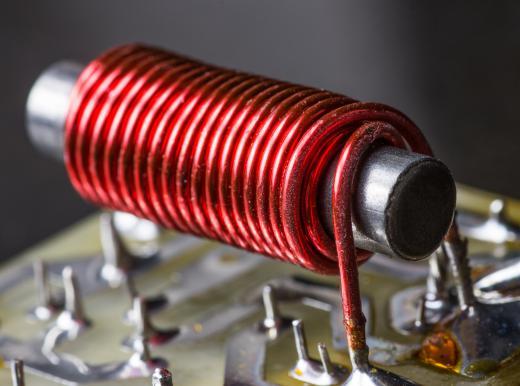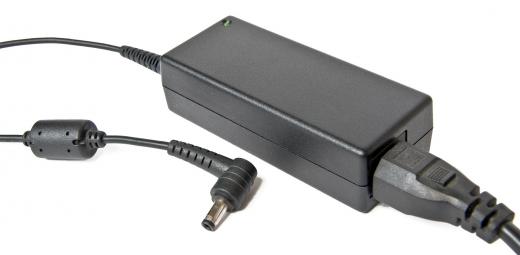Magnetic cores are highly permeable ferrous metal pieces which are usually wrapped with a wire coil and used in the production of mechanical or magnetic devices. Due to the high permeability of the metal core, it is capable of concentrating magnetic field lines within itself, creating a much stronger magnetic field. These component parts are used in a variety of industrial applications, including electrical transformers, electromagnets, motors, and induction devices.
When assembled properly, a magnetic core can create very strong, concentrated magnetic currents. There are five basic factors that determine the effectiveness of a magnetic core. When all five conditions are met, extremely powerful magnetic cores can enhance the magnetic fields created by electricity and permanent magnets.

The five primary factors in magnetic core design are geometric shape, air gap, the core metals properties, operating temperature, and lamination. The shape and air gap of the magnetic core effect the path of the magnetic field. The properties of the metal and the operating temperature have an effect on how the magnetic field is concentrated and how the core itself reacts to magnetic forces. Lamination of the core further effects magnetic paths and concentration by eliminating eddy currents, which could disrupt typical magnetic fields or cause excess heat build-up.

While a magnetic core could, by definition, be any piece of ferrous metal wrapped in wire, there are a few basic shapes which are predominately used in industrial applications. These shapes include the straight cylindrical core, the I core, the C or U core, the E core, the pot core, the toroidal core, the ring core, and the planar core. Each of these shapes provides specific magnetic field concentration properties. These magnetic core shapes can be used to good advantage, sometimes increasing the magnetic field of a coil by more than 1,000 times the coils initial magnetic field.
In some cases, the magnetic core is subject to energy loss during operation, due to the properties of the metal it is made from. In cases where a magnetic current must be switchable, the formation of a permanent magnetic field by the core could prove detrimental. For example, an electrical transformer core that becomes permanently magnetized may be rendered unusable for its task. This unwelcome magnetism is called hysteresis and can be circumvented by the use of magnetic core metals with a lower hysteresis point. Such metals are known as soft metals and include soft iron and laminated silicon steel.
